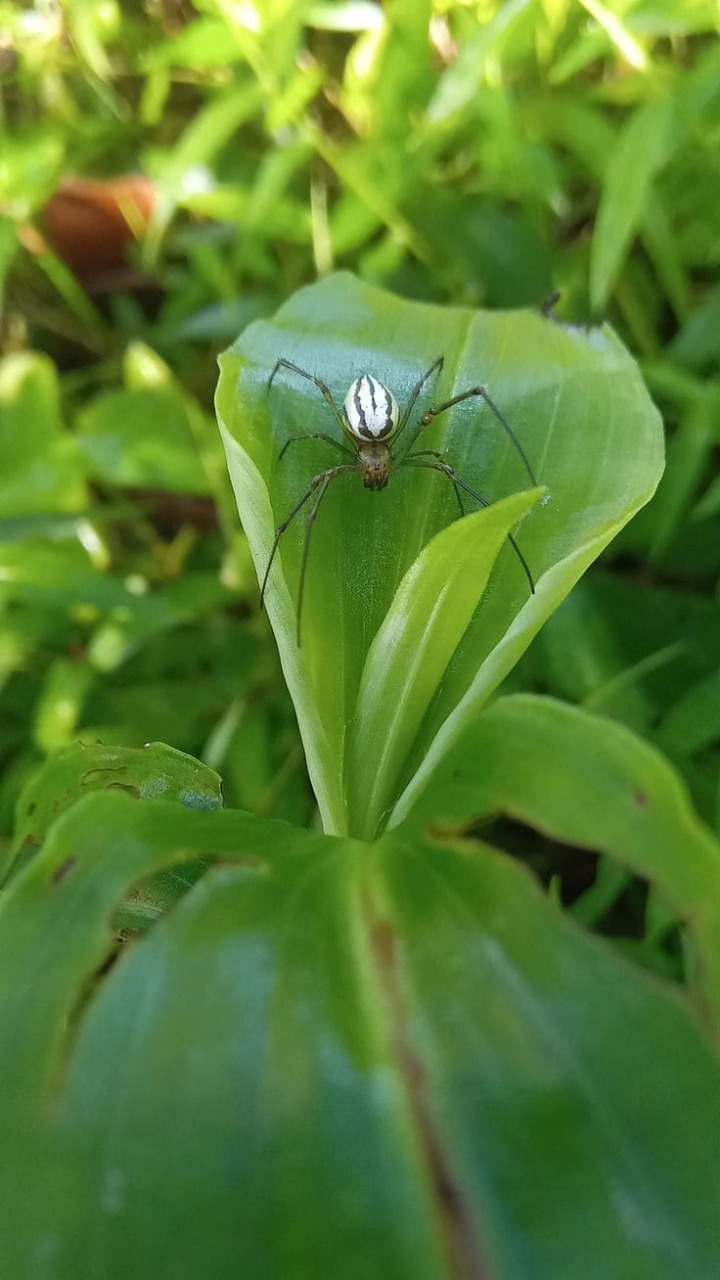Website
Your Email…
Subscribe
We use your personal data for interest-based advertising, as outlined in our Privacy Notice.
Ladybugs prefer to patrol the undersides of leaves, where aphids and mites hide out. They don’t just nibble, they consume.
One ladybug larva can eat up to 400 aphids during its development. And unlike chemical sprays, they won’t harm your plants or pollinators. To keep them coming, resist the urge to tidy your garden too much as ladybugs appreciate a little mess.
#2. Green Lacewings
10 Beneficial Insects You Should Invite to Your Garden
Scientific name: Chrysopidae
Targets: Aphids, mealybugs, thrips, scale insects, whiteflies
Best stage: Larvae
How to attract: Cosmos, angelica, dill, and golden marguerite
Their adult form is delicate, green wings that shimmer like lace in the light but it’s the larval stage that does the dirty work. Often called “aphid lions,” lacewing larvae have curved jaws and an insatiable appetite for soft-bodied pests.
Found in most climates and active during the growing season, lacewings are relatively shy. They prefer gardens with layered vegetation and small flowering herbs.
If you keep nectar-rich plants blooming from spring to fall, you’ll likely earn their loyalty. A tips is avoiding using neem oil or insecticidal soaps when they’re present as they’re sensitive and you want them to stick around.
#3. Hoverflies
10 Beneficial Insects You Should Invite to Your Garden
Scientific name: Syrphidae
Targets: Aphids, scales, mealybugs
Best stage: Larvae
How to attract: Alyssum, calendula, yarrow, chamomile, and dill
At first glance, hoverflies might fool you into thinking they’re bees. Their black-and-yellow stripes are a form of mimicry, nature’s way of saying “don’t mess with me” when they’re actually harmless.
The adults are expert pollinators, hovering like tiny helicopters around flowers. But it’s their larvae slug-like and camouflaged that roam the stems and leaves, quietly consuming aphids one by one.
SEE NEXT PAGE
ADVERTISEMENT

